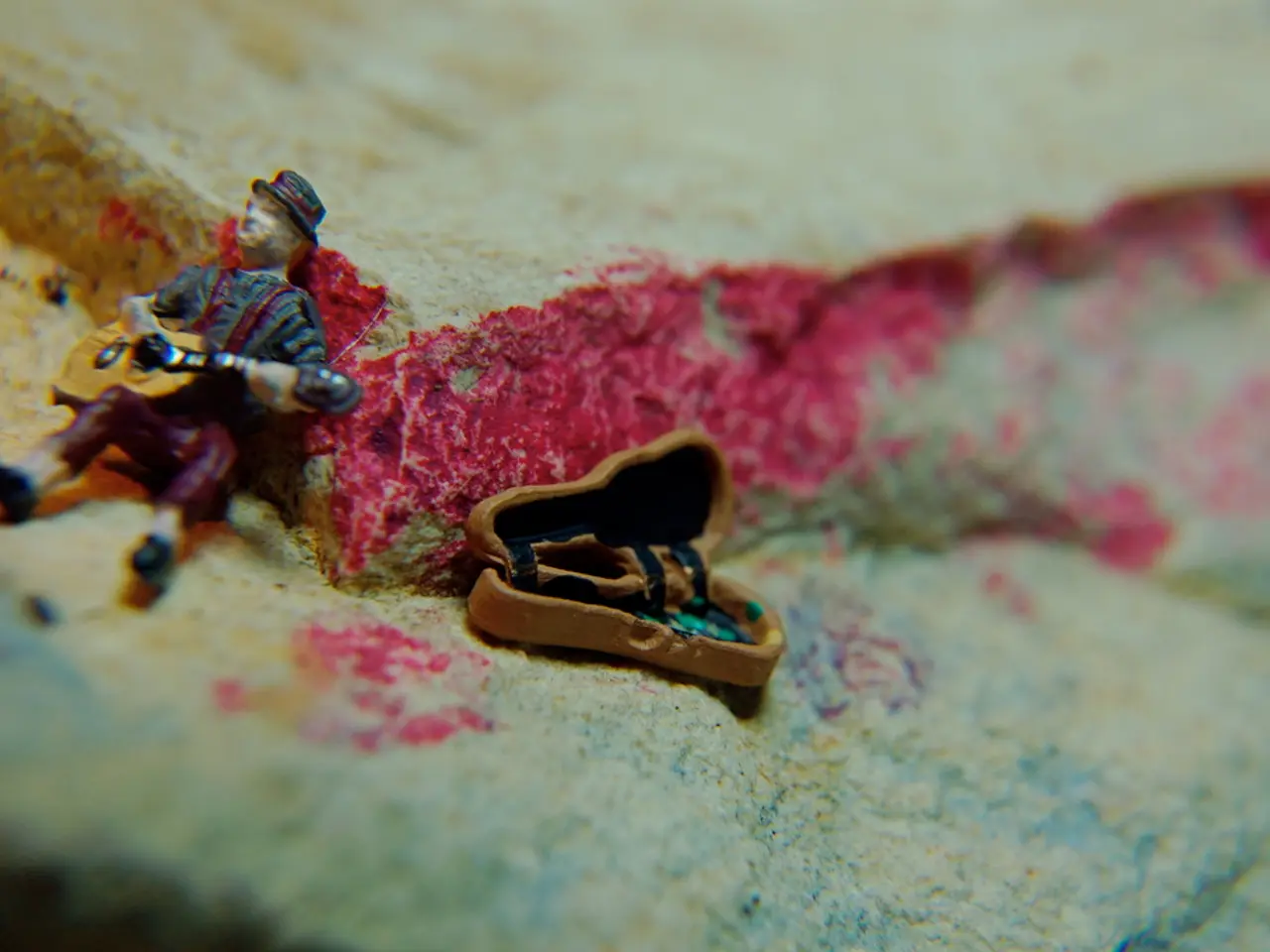How does Toy Theater function and what exactly is it?
Toy Theater: A Vibrant World of Learning and Creativity
Toy Theater is an online platform that offers a rich array of educational games for elementary-aged students. Accessible via desktop, tablet, or mobile device, Toy Theater provides a colourful and user-friendly interface that caters to various subjects such as math, reading, art, music, puzzles, and classic games.
One of the standout features of Toy Theater is its Teacher Tools, which include a variety of interactives for teaching and assessing basic math concepts and literacy. These tools also offer virtual manipulatives, such as colourful strips for fractions, decimals, and percentages, helping students learn and practice abstract number concepts in a visual way.
In the realm of music education, Toy Theater's Composer tool allows kids to drag and drop music notation elements onto a treble clef and hear their composition. The notes range from 1/16th to whole, with natural, sharp, and flat symbols, and rests from 1/16th through whole.
Toy Theater also boasts virtual building block games with 3D capability. Users can select themes like ancient Greece, dinosaurs, or robots and use buttons to build, paint, and rotate or move objects in both 2D and 3D.
Teachers creatively employ Toy Theater in classrooms in several unique ways. Creative Play and Dramatization is one such method, where students put plays "onstage" with toys, puppets, dolls, and other small figures, helping them explore storytelling, dramatization, and cultural history of toys. This approach fosters both creative and academic skills.
Integration with Puppetry Techniques is another approach, where theatre courses incorporate Toy Theater alongside puppetry styles like marionettes and shadow puppetry, teaching students diverse theatrical techniques using toys. This hands-on approach helps students engage actively with theatre arts.
Cultural and Historical Exploration is another key method, where teachers enable students to study and dramatize significant historical and cultural themes related to toys, such as moral panics or social significance, which deepens understanding beyond pure play.
Toy Theater also encourages Student Interaction and Academic Risk-Taking, creating a low-stakes, fun environment that encourages students to participate and take academic risks, increasing engagement and social-emotional skills.
Toy Theater has grown to host over one million users annually and is used by teachers in unique ways, such as teaching early computer-assisted design (CAD) and demonstrating the phases of the moon. The platform's social media pages are filled with creative ways teachers use Toy Theater, and it has a large following of speech pathologists.
Each activity on Toy Theater is accompanied by ideas for classroom use and a summary of the skills to be developed. Google Adsense is Toy Theater's advertising partner, with options to block sensitive categories and tracking. The platform's interface is clean, colourful, and easy to navigate, featuring popular games on the homepage, a search bar, and a topic menu.
For a more premium experience, Toy Theater offers a monthly membership option for $12, which includes creating up to 50 pages, controlling category views, and connecting up to 30 devices with a single access code. Most games include complete guides for users and options for full-screen viewing and muting sound.
- Toy Theater's Teacher Tools offer interactive and virtual manipulatives to help students learn and practice abstract number concepts in a visual way.
- In the music education section, Toy Theater's Composer tool allows kids to create their compositions using music notation elements.
- Toy Theater's 3D virtual building block games enable users to build, paint, and rotate or move objects in both 2D and 3D using various themes.
- Teachers use Toy Theater creatively in classrooms, fostering both creative and academic skills through approaches like Creative Play and Dramatization.
- Integrating Toy Theater with Puppetry Techniques is another approach teachers use, teaching students diverse theatrical techniques using toys.
- Toy Theater encourages student interaction and academic risk-taking, creating a low-stakes, fun environment for learning and improving social-emotional skills.




